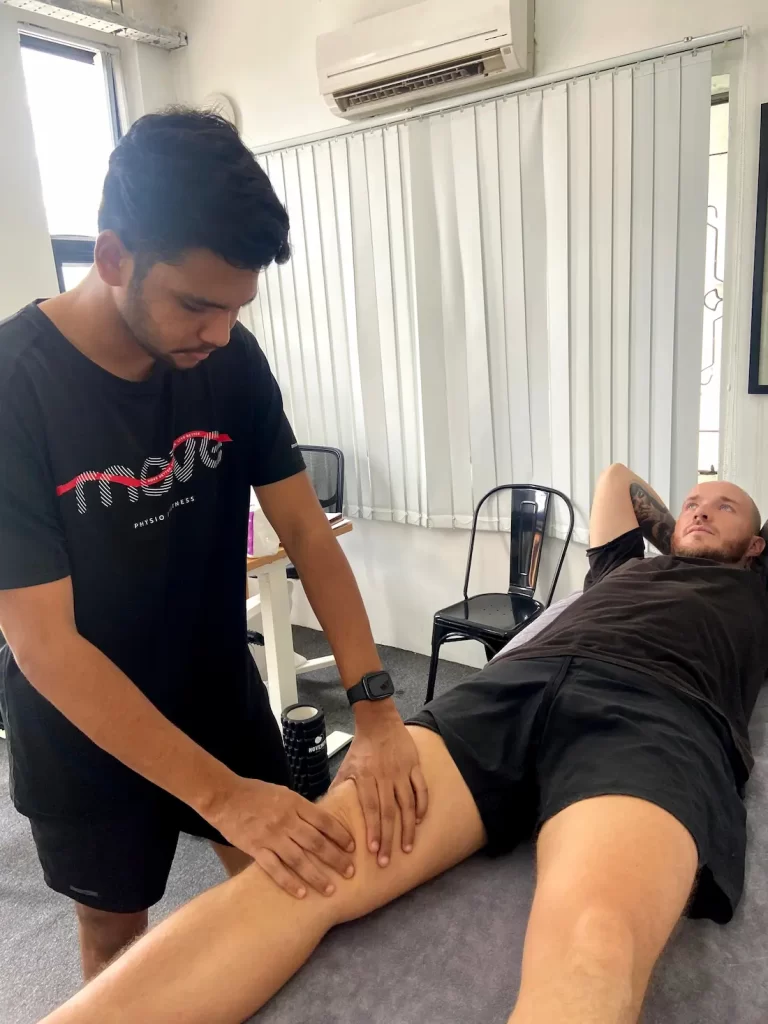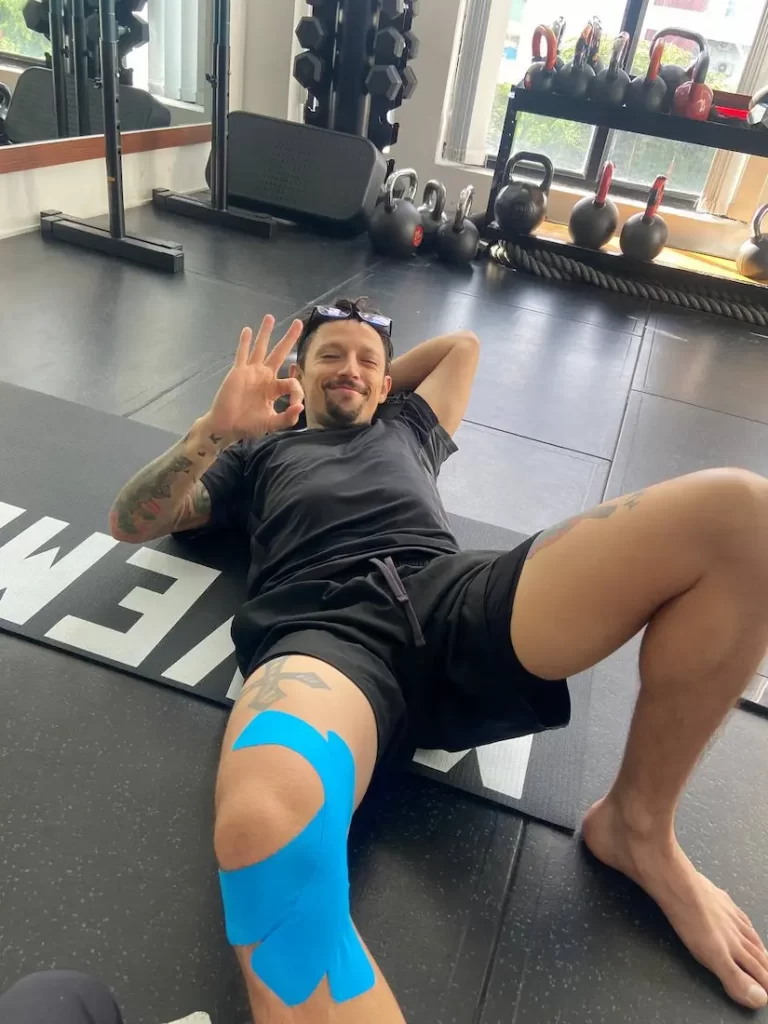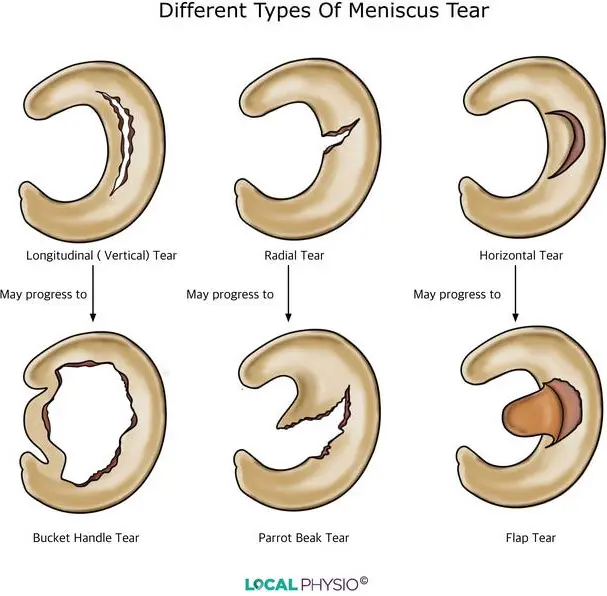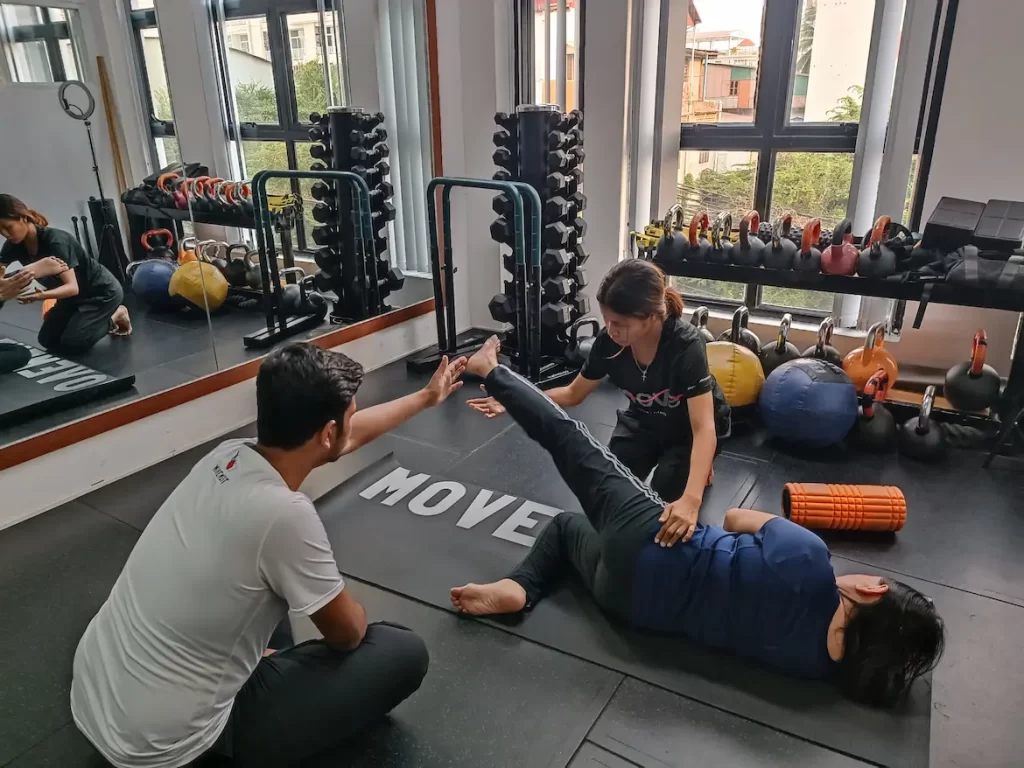1. What is the Meniscus, and Why is it Important?
The meniscus is a piece of cartilage in the knee that acts as a shock absorber, providing stability and cushioning between the thigh and shin bones. It helps distribute body weight evenly across the knee joint, reducing wear and tear. Healthy menisci allow smooth movement and protect the knee from impact, but when injured, they can disrupt daily activities and even lead to long-term joint issues.
2. Shocking Statistics About Meniscus Injuries
- Around 500,000 meniscus surgeries are performed annually in the United States alone.
- Meniscus injuries account for 15% of all knee injuries in athletes.
Up to 90% of individuals over 50 show signs of meniscus degeneration due to aging and wear, even if they haven’t experienced a specific injury.

3. Common Causes and Symptoms of Meniscus Injuries
Meniscus injuries often happen during sports or activities that involve twisting, pivoting, or sudden stops, especially when the knee is bearing weight. A common scenario is a sudden turn or twist, especially with the foot planted, which puts stress on the knee. You might hear a “pop” at the time of injury, followed by swelling, stiffness, and pain around the knee. Many people experience difficulty straightening the knee fully, along with a catching or locking sensation when moving it.

4. Types of Meniscus Tears
There are several types of meniscus tears, and the severity can vary:
- Radial Tears: A common type that occurs in the inner part of the meniscus, usually not easily repaired.
- Bucket Handle Tears: Involves a part of the meniscus flipping out of place, often causing the knee to lock.
Horizontal Tears: Often seen in older individuals, this tear is related to degeneration rather than an acute injury. Understanding the type of tear is crucial, as it influences the treatment approach and recovery time.

5. Diagnosing a Meniscus Injury: How Meniscus Assessments Work
Diagnosing a meniscus injury typically involves a physical examination, during which a physiotherapist may perform tests to assess the knee’s range of motion, stability, and pain response. Imaging tests like an MRI are often recommended to confirm the tear type and location. A thorough assessment helps determine the best course of treatment, which may range from conservative management to surgery, depending on the tear’s severity and the individual’s lifestyle.

6. Treatment Options and the Role of Conservative Management
Not all meniscus tears require surgery. In fact, many can be managed with conservative treatments such as rest, ice, and anti-inflammatory medications, especially for minor tears. Physiotherapy is a cornerstone of conservative treatment, focusing on strengthening the muscles around the knee, improving range of motion, and reducing stress on the meniscus. For some, conservative management can be enough to restore knee function and alleviate pain without the need for surgical intervention.
7. Corrective Exercises for Long-Term Knee Health
Corrective exercises are essential for meniscus injury recovery, especially for preventing future knee issues. These exercises strengthen the muscles around the knee, improve flexibility, and stabilize the joint, helping it bear weight and withstand physical activity better. Over time, these exercises can build resilience, making it easier to return to activities without risking re-injury. They’re a sustainable, proactive approach to maintaining knee health, whether you’ve had surgery or opted for conservative treatment.
8. How We Can Help at Movement: Physiotherapy and Fitness
At Movement: Physiotherapy and Fitness, we specialize in guiding clients through meniscus injury recovery, from the initial diagnosis to the final stages of rehabilitation. Our team offers personalized treatment plans, including corrective exercises and manual therapy, designed to relieve pain, restore knee function, and prevent re-injury. With our support, you can return to your activities safely and confidently, knowing your knee is stronger than ever.


Add your first comment to this post